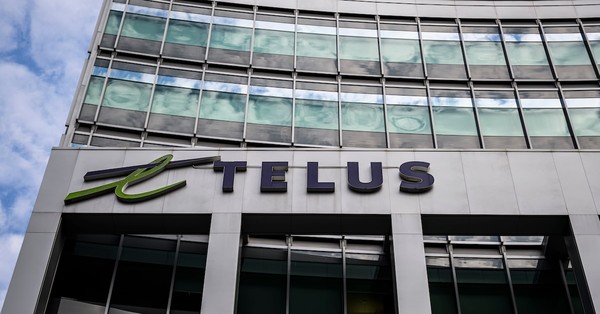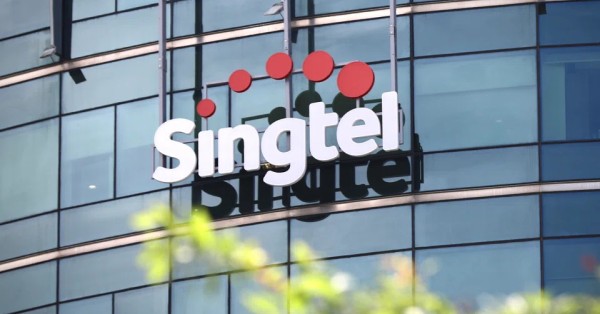AI isn’t new to telecom. Operators have been piloting use cases across predictive maintenance, dynamic routing, and automated service assurance for years. The goal is straightforward: improve uptime, optimize resources, and reduce the manual load.
But here’s the reality: most AI initiatives stall before they scale. Not because the use cases aren’t valid—but because the foundation they rely on is incomplete. Specifically: inventory data that’s fragmented, outdated, or disconnected from actual service paths.
The challenge isn’t AI itself. It’s that AI is being asked to make intelligent decisions using information that lacks context, correlation, and consistency. Without unified, service-aware inventory, AI is just reacting to partial truths—and building automation on that is risky. Do inventory silos block telecom ai from delivering real value? Let’s take a look and see…
Why Inventory is the First System AI Needs to Trust
Think of how many AI use cases directly on inventory data:
- Predicting faults in fiber, WDM, or GPON networks
- Automatically re-routing services around degraded links
- Provisioning new logical circuits based on available infrastructure
- Assessing SLA risks during capacity crunches
- Recommending maintenance windows based on service density
Every one of these actions depends on knowing what is live, where traffic flows, and how infrastructure layers interact. But legacy inventory systems were never designed for that.
The Typical Reality in Most Operators Today
Here’s what many large operators still work with:
- Physical inventory stored in GIS or NMS tools, often out of sync
- Logical inventory manually tracked in spreadsheets or siloed OSS modules
- Service mappings handled separately in fulfillment stacks
- Provisioning systems unaware of service dependencies or field realities
- No unified view of the current, active network topology
This creates two critical gaps:
- AI has no consistent source of truth to operate on
- Automation is executed without understanding downstream impacts
The result: more noise, more rework, and more “smart” systems making poor decisions.
Where AI Breaks Without Unified Inventory
Let’s break it down by what really happens on the ground.
- Predictive Maintenance with No Service Correlation
AI detects optical signal degradation—but can’t determine which customers or services are running across the affected link.
Outcome: delayed fault localization, unnecessary rerouting, missed SLAs.
- Traffic Optimization Based on Partial Data
AI suggests rebalancing network load but doesn’t account for VLAN limits or critical business SLAs tied to specific routes.
Outcome: bandwidth shifts that violate policy, or worse, impact premium services.
- Closed-Loop Automation that Misfires
AI-driven orchestration triggers provisioning updates without recognizing conflicts in physical port availability or logical design rules.
Outcome: failed service activations, manual intervention, rollout delays.
All of these are solvable—but only if the inventory system feeding the AI knows what’s really happening in the network.
What AI Actually Needs from Inventory (and Rarely Gets)
For AI to be more than a dashboard demo, it needs inventory that provides:
- Unified models across physical, logical, and service layers — with real-time updates, not static snapshots
- Service path awareness with customer and SLA context built in
- Live topology and simulation-ready data, so AI can preview impact before changes happen
Without this, every AI output becomes suspect—because the input is either incomplete, outdated, or wrong.
What happens when you fix it: AI + Inventory in Harmony
Operators who modernize their inventory foundation unlock powerful benefits:
- Context-aware AI: Faults are correlated to customers and services, not just devices
- Provisioning that works: Resources are validated in real time before workflows start
- Planning driven by reality: Capacity forecasting considers actual usage, not assumed thresholds
- True closed-loop automation: Systems can reroute, alert, and recover without disrupting unrelated services
This isn’t theoretical. It’s already being seen in mature network environments where inventory, orchestration, and AI are tightly integrated.
The Root Cause: Inventory that was Never Built for Decisions
The problem isn’t that inventory is broken. It’s that most systems were built decades ago to support documentation—not orchestration. They were good enough when networks were slower, simpler, and more static. But in 2025, where AI needs to:
- Detect evolving faults
- Predict capacity crunches
- Reroute services instantly
- Trigger self-healing workflows…
…those legacy models fall apart.
A Smarter Model: Inventory as the AI Engine’s Nervous System
Inventory shouldn’t sit on the sidelines. It should be the real-time context layer every AI decision relies on.
That means:
- Dynamic correlation between logical services and physical topology
- Real-time reconciliation between what’s planned and what’s deployed
- In-built impact simulation before changes is made
- Accessibility through open APIs, so orchestration tools stay in sync
- Granular data models that include not just devices—but relationships, behaviors, and dependencies
This isn’t just a record system anymore. It’s the system that tells AI what’s real, what matters, and what’s next.
How VC4 Enables AI that works (Because Inventory does)
VC4 Service2Create (S2C) gives telecom operators the foundation AI and automation needs to work reliably—because it starts with an inventory system that’s built for real-time decisions, not just records.
S2C delivers:
- One connected inventory model across physical, logical, and service layers
- Built-in impact simulation, so changes can be tested before they go live
- Topology-aware service mapping, including SLA relevance and customer/service dependencies
- Open interfaces for orchestration, exposing live data to AI, planning, and fulfillment tools
- AI-ready structure, enabling decision automation that’s based on actual network state—not assumptions
Whether you’re using AI for proactive fault detection, dynamic provisioning, or predictive planning, S2C ensures every decision is grounded in what’s really happening across your network.
Final Thought: Don’t Scale AI on a Broken Foundation
If AI projects are stalling, it’s rarely because of the algorithms. It’s because the data they rely on is fragmented, outdated, or disconnected from what’s really happening in the network.
Operators aren’t struggling with innovation—they’re struggling with visibility.
If your inventory can’t tell you what’s live, what’s dependent, or what breaks when something changes, it can’t support automation. And it can’t support AI.
Before scaling your AI strategy, ask yourself:
- Is your inventory unified across physical, logical, and service layers?
- Does it reflect your real-time network state?
- Can it simulate impact before changes go live?
If not, AI will move fast—but it won’t move smartly.
Service2Create (S2C) gives you the foundation AI needs: live data, complete context, and built-in simulation. So when it’s time to automate, your network decisions aren’t guesses—they’re grounded. Contact us or book a demo!



































